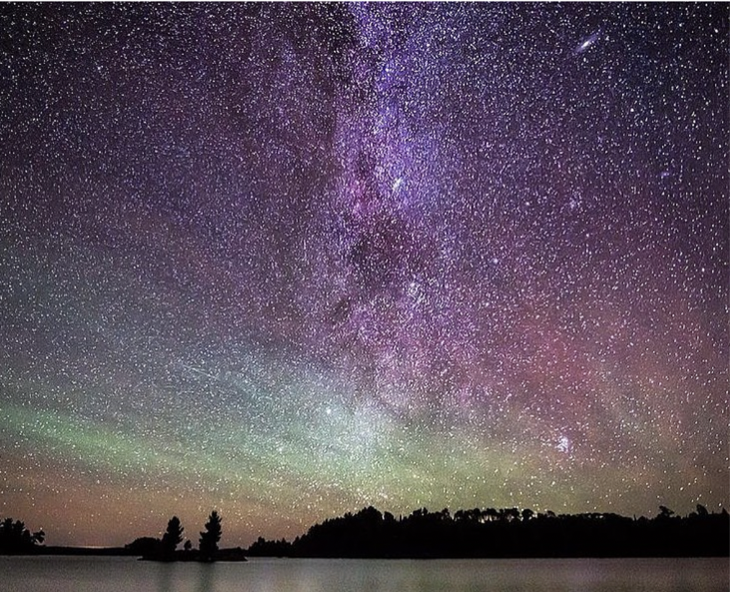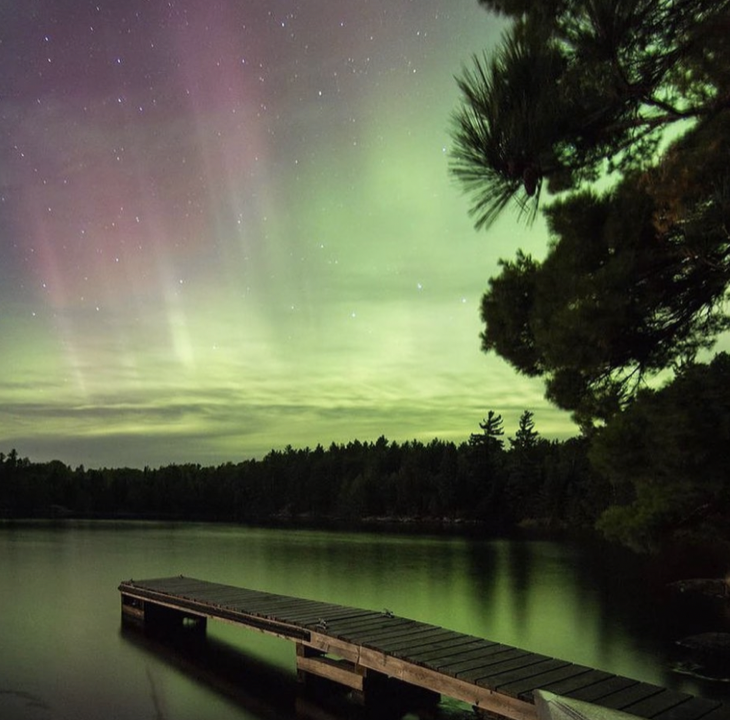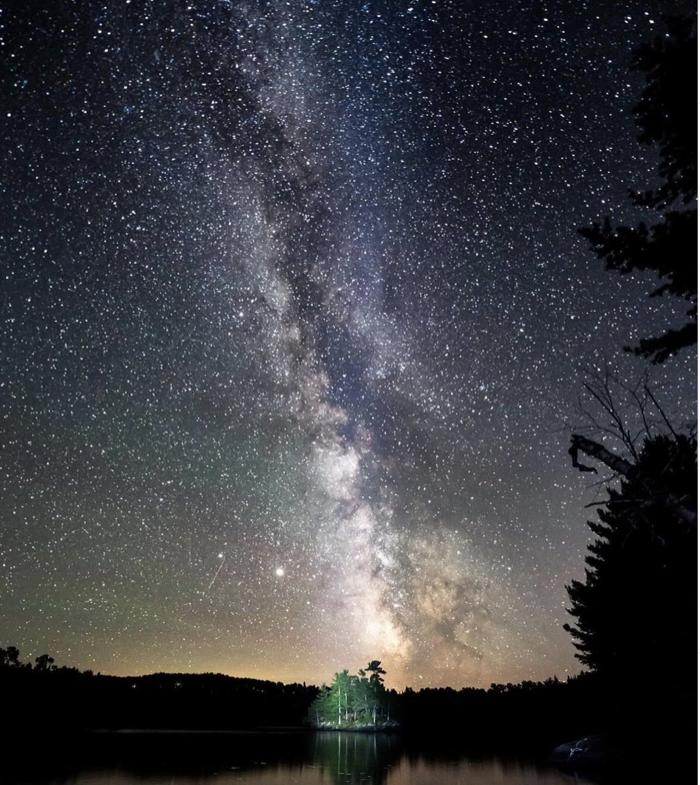Enjoy A True Starry, Starry Night In Minnesota’s First International Dark Sky Park
 In September last year, Boundary Waters became an International Dark Sky Sanctuary and now there is also an International Dark Sky Park.
In September last year, Boundary Waters became an International Dark Sky Sanctuary and now there is also an International Dark Sky Park.
Gazing at the stars at night is a pleasant adventure – trying to spot the various constellations. However, in an International Dark Sky Park you can see much more than the odd collection of stars and can enjoy a truly marvelous and magical sight.
First Dark Sky Park in Minnesota
September 2020 saw Boundary Waters named as an International Dark Sky Sanctuary. It became the first certified dark sky site in Minnesota. On top of that, the state can now also claim its first International Dark Sky Park.
Primarily known for its waterways, Voyageurs National Park is best explored by boat. However, as from December 2020, the beautiful park is now famous for its starry night skies. Voyageurs has now been declared the first International Dark Sky Part in Minnesota. It joins a list of public lands, lauded for the protection of the nighttime environment. Park Superintendent Bob DeGross recently said in a statement that the park “has some of the darkest skies in the Midwest.”
To be able to qualify for the certification, the International Dark Sky Association requires that the problem of light pollution is tackled in tangible ways. This is via installing sustainable, energy efficient lighting in facilities in the park and by initiatives, educating the public about the night sky.
Voyageurs staffers came up with a plan to retrofit existing exterior light fixtures in facilities throughout the park. They also committed to a full array of educational programs. This was partly supported by the park’s nonprofit partner, Voyageurs Conservancy. The partner funded the key changes to the light fixtures, as well as the hosting of the night sky programs.
This took around two years from start to finish and apparently, it’s not over yet. Christina Hausman Rhode, the conservancy executive director said, “Dark Sky Park certification from the IDA isn’t a one and done deal. It requires an ongoing commitment.” She added that becoming an official Dark Sky Park involves the park and the conservancy further prioritizing the preservation of darkness at the park, both for people and wildlife.
It also involves the development of dark sky education. This education involves sharing cultural stories related to the starry skies and actions that everyone can take, whether they are camping in the park, or at home, to keep that night sky dark.
![]() Night Sky Explorer program
Night Sky Explorer program
Voyageurs is the IDA’s 87th International Dark Sky Park and is currently hosting a virtual Night Sky Explorer program. Another virtual learning program for US classrooms is also in the works.
Hausman Rhode also said that while certification doesn’t confer any official regulatory authority, the Conservancy hopes to get local businesses and communities involved to further protect darkness in the area.
Hausman Rhode added in her statement that, “The night sky has inspired us for generations.” She said that night sky protection enhances undeveloped wilderness character that animals in the park depend on for survival. However, it also enhances the quality of outdoor solitude that park visitors seek, for both connection and cultural historical preservation.
While stunningly beautiful, Hausman Rhode said dark night skies are more than just a scenic canvas. They form part of a complex ecosystem, preserving both natural and cultural resources.
While currently, virtual Night Sky Explorer programs are running, in-person dark sky ranger and boat programs will likely resume in 2021 or 2022, following the COVID-19 pandemic.
View this post on Instagram



